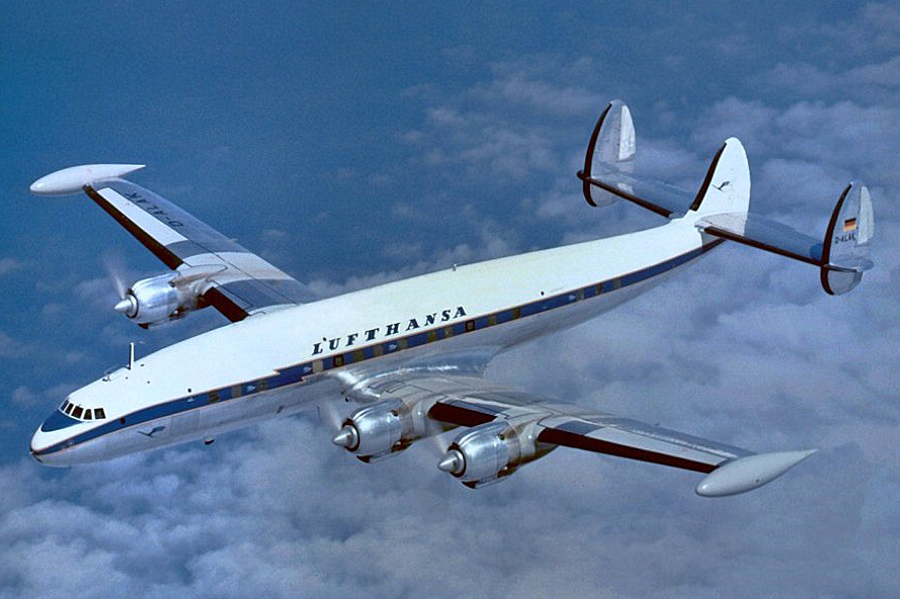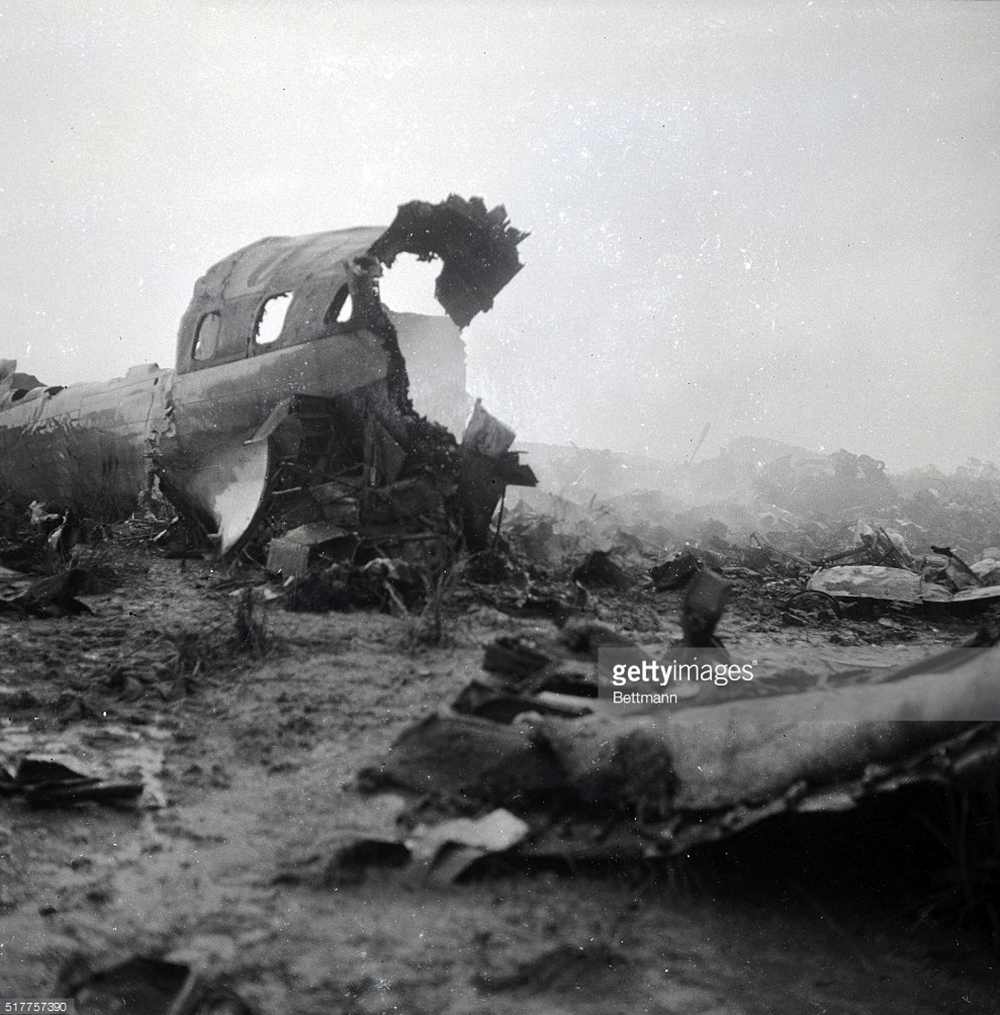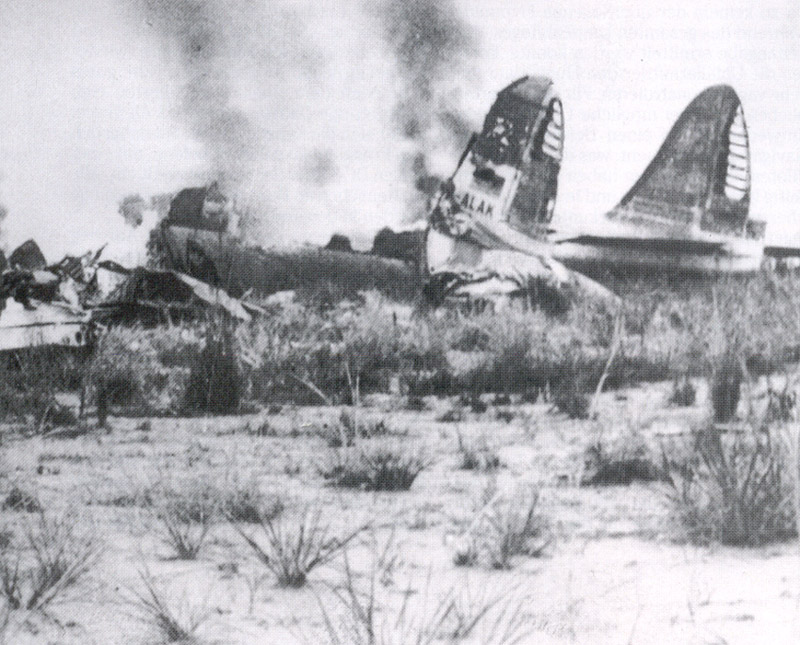Crash of a Cessna 208A Caravan I in João Pessoa
Date & Time:
Dec 8, 1999 at 1950 LT
Registration:
PT-OHA
Survivors:
Yes
Schedule:
João Pessoa – Recife
MSN:
208-0097
YOM:
1986
Crew on board:
2
Crew fatalities:
Pax on board:
0
Pax fatalities:
Other fatalities:
Total fatalities:
0
Captain / Total hours on type:
1900.00
Copilot / Total hours on type:
2100
Circumstances:
Few minutes after takeoff from João Pessoa-Presidente Castro Pinto Airport, while on a cargo flight to Recife, the crew reported engine problems and elected to return. Unable to maintain a safe altitude, the crew attempted an emergency landing when the aircraft struck trees and crashed near a motorway. Both pilots were injured and the aircraft was damaged beyond repair.
Probable cause:
Engine failure due to poor maintenance. The following contributing factors were identified:
- Maintenance procedures not followed by the operator mechanics,
- Poor crew coordination,
- Lack of crew training.
- Maintenance procedures not followed by the operator mechanics,
- Poor crew coordination,
- Lack of crew training.
Final Report:













